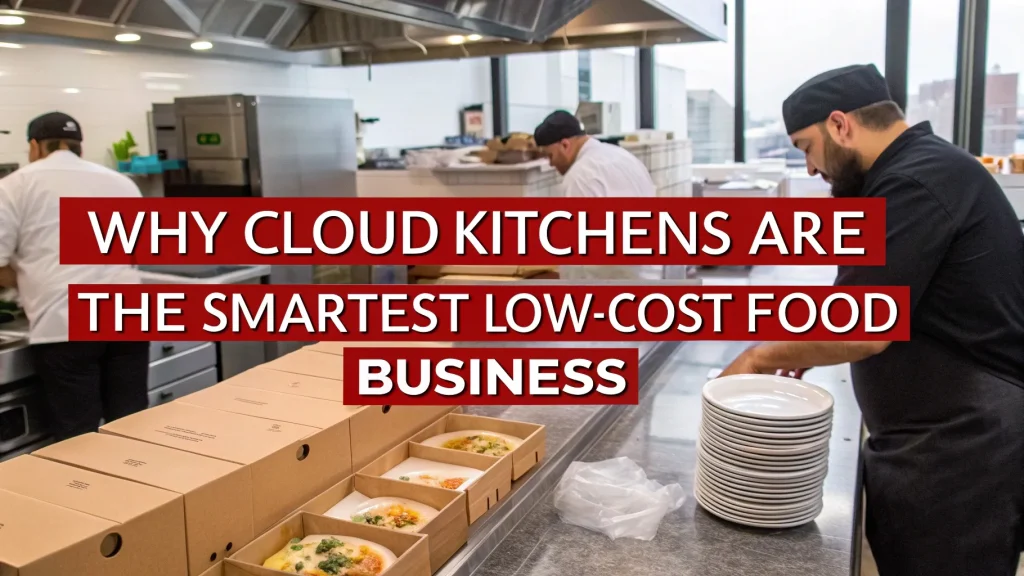Indian spices have long been celebrated worldwide for their intense flavors, rich aromas, and incredible diversity. These spices not only elevate the taste of food but also offer numerous health benefits, making them an integral part of Indian cuisine and culture. But have you ever wondered how these vibrant spices reach your kitchen, starting from the farms scattered across India? The journey of Indian spices from farm to kitchen is a fascinating blend of tradition, cultivation expertise, and modern technology.
The Journey of Indian Spices: From Farm to Kitchen
India is known as the “land of spices” and is one of the largest producers and exporters of spices in the world. The production of Indian spices involves multiple stages, each requiring precise care and expertise to ensure quality and authenticity. Let’s explore the journey of Indian spices from the fields where they are grown to the kitchens where they are used.
Cultivation and Harvesting
The journey of Indian spices begins with cultivation. India’s diverse climate and soil conditions allow for the growth of a wide variety of spices, including black pepper, cardamom, turmeric, cumin, coriander, cloves, and many more. Farmers select the appropriate spice crops based on regional climate suitability. For example, black pepper thrives in the humid Western Ghats, while turmeric prefers the warmer plains.
Planting and nurturing spices require knowledge of seasonal cycles and soil management. Most spices are grown on small family farms, with farmers closely monitoring irrigation, pest control, and organic practices to maintain soil fertility. The harvest time varies depending on the spice. For instance, cardamom pods are harvested when green and unripe to ensure the best aroma, whereas turmeric is harvested after the rhizomes mature underground.
Post-Harvest Processing
After harvesting, the freshly picked spices undergo initial processing to prepare them for market or further refinement. This step is crucial to preserve the flavor and prevent spoilage.
Many spices require drying, which is traditionally done under the sun. For example, black peppercorns and red chili peppers are spread out in thin layers and dried for days. Proper drying reduces moisture content, which is vital for storage and transportation. In some cases, mechanical dryers are used to ensure consistent drying, especially during monsoon seasons.
Other spices like cardamom are carefully dried in shade to retain their green color and essential oils. Turmeric rhizomes are boiled before drying to soften them and enhance color, a process that also improves their shelf life.
Cleaning and Grading
Once dried, Indian spices are cleaned to remove impurities such as dirt, stones, and damaged seeds. This process involves sieving, winnowing, and sometimes washing, depending on the spice. Quality control at this stage is critical because spices need to meet strict standards for export and domestic use.
Grading is done to categorize spices based on size, color, aroma, and flavor intensity. For example, premium black peppercorns are larger and have a deep black color, whereas lower grades may be smaller or contain broken seeds. Proper grading helps farmers and traders price the spices accordingly and ensures consumers receive consistent quality.
Packaging and Storage
Packaging plays a significant role in maintaining the freshness of Indian spices as they travel from farms to markets. Traditionally, spices were sold in loose form, but modern demand has shifted toward hygienic packaging to prevent contamination and moisture absorption.
Vacuum-sealed packs, airtight containers, and moisture-proof bags are now commonly used for Indian spices. Proper packaging preserves the essential oils and flavors while extending shelf life. Spices are stored in cool, dry warehouses to prevent degradation caused by heat, light, or humidity.
Transportation and Distribution
Indian spices travel a long way from farms to reach kitchens around the world. After packaging, spices are transported through a network of local markets, regional distributors, and exporters. The spices might be shipped in bulk to international spice markets or packaged for retail sale.
During transportation, maintaining spice quality is challenging but crucial. Spices must be protected from excessive heat, humidity, and contamination. Exporters often follow strict quality checks and certifications to ensure the spices meet international standards.
Quality Control and Certification
India’s spice industry follows stringent quality control measures to guarantee safety and authenticity. Organizations like the Spices Board of India regulate standards, oversee exports, and certify organic and fair-trade spices.
Laboratories conduct tests to detect adulteration, pesticide residues, and microbial contamination. Only spices meeting these standards reach consumers. Certification labels, such as ISO and AGMARK, add credibility to Indian spices, reassuring buyers of their quality.
Culinary Use and Final Processing
Once the Indian spices arrive at your kitchen, they may undergo final processing such as grinding or blending. Whole spices like cinnamon sticks or cardamom pods are often ground fresh at home or in factories to retain maximum flavor. Ground spices are typically blended into masalas (spice mixes) to suit regional recipes.
The aroma and taste of Indian spices come alive during cooking, where heat releases essential oils and transforms dishes. From the fiery heat of red chili powder to the subtle sweetness of cinnamon, Indian spices bring complexity and depth to meals.
The Cultural and Economic Importance of Indian Spices
The cultivation and trade of Indian spices have deep cultural roots and economic significance. Spices have shaped India’s history, influencing trade routes and international relations for centuries. Today, the spice industry supports millions of farmers and contributes significantly to India’s export earnings.
Moreover, Indian spices have therapeutic properties celebrated in Ayurveda and traditional medicine. Turmeric, for example, is known for its anti-inflammatory benefits, while cumin aids digestion.
Conclusion
The journey of Indian spices from farm to kitchen is a remarkable process combining traditional farming wisdom with modern technology. Every spice you sprinkle into your dish represents months of care — from planting and nurturing on the farm, through careful harvesting, processing, grading, packaging, and finally reaching your kitchen shelves.
Understanding how Indian spices are made enriches our appreciation for these culinary treasures that have been an essential part of India’s culture and cuisine for millennia. Whether it’s a dash of turmeric, a pinch of cardamom, or a handful of black pepper, Indian spices continue to bring flavor, aroma, and wellness to kitchens worldwide.
Visit the page Select and Choose the Right Business Startup for You for sorting out the questions arising in your mind before starting any business and know which start-up you can plan. We, at NPCS, endeavor to make business selection a simple and convenient step for any entrepreneur/startup. Our expert team, by capitalizing on its dexterity and decade’s long experience in the field, has created a list of profitable ventures for entrepreneurs who wish to diversify or venture. The list so mentioned is updated regularly to give you a regular dose of new emerging opportunities.




